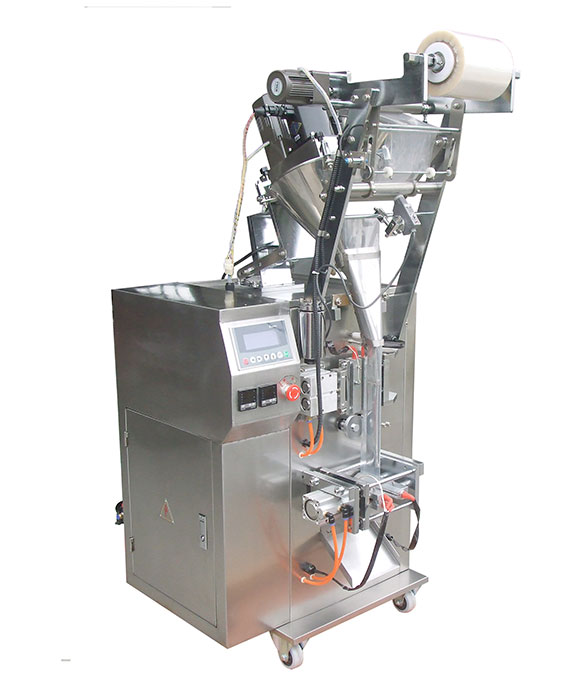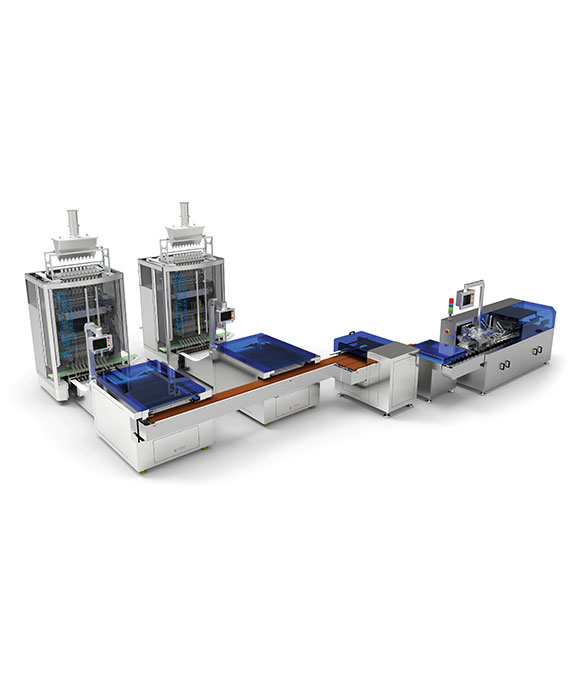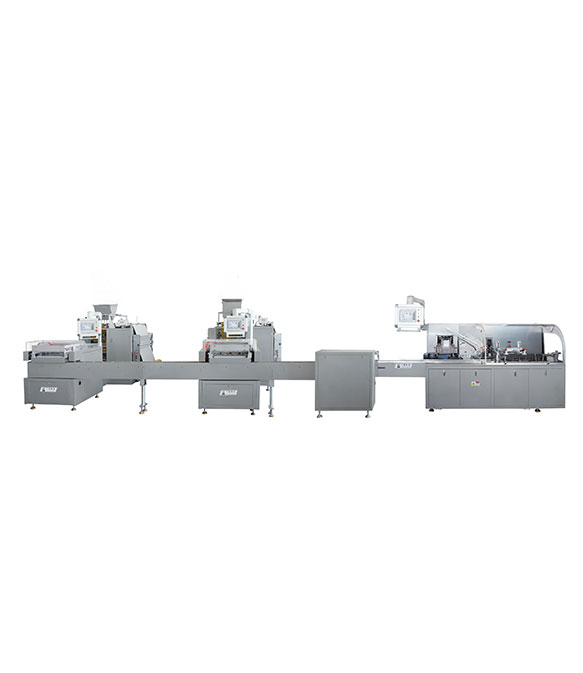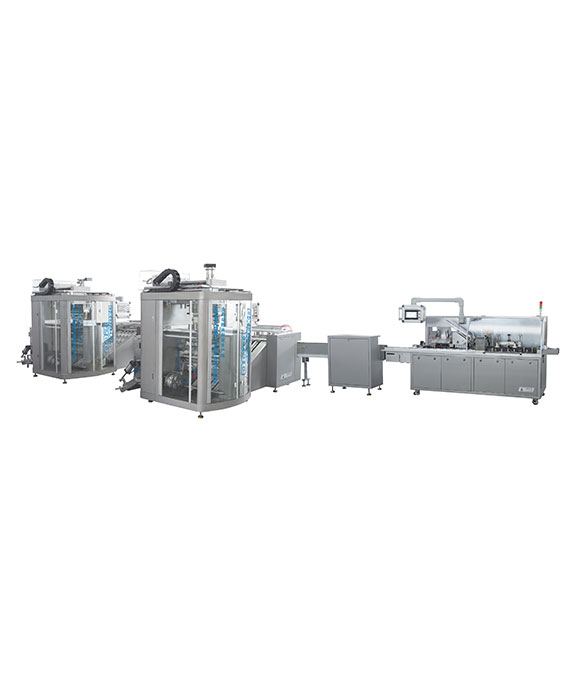In industries like food, medicine, and cosmetics that rely on powder packaging, many people run into frustrating problems with their equipment—most of which come from not knowing the basics of how it works. I’ve helped countless users troubleshoot these issues over the years, so let’s break down the key questions to make using your equipment smoother.
Why Do Powders Clog in a Powder Packaging Machine?
Clogging is hands down the most frequent complaint I hear. It’s almost always tied to either the powder itself or how you’re using the equipment.
Common Causes of Clogging
Powders that soak up moisture easily (think milk powder or flour) will grab humidity from the air, form hard lumps, and block the feeding channels. Finer powders, like talc or protein powder, build up static electricity too—they stick together and pile up in the narrow parts of the machine.
Easy Fixes
Keep your workspace dry—run a dehumidifier if the air’s too damp. Pick a machine with anti-static parts to cut down on fine powder clumping. And make it a habit to clean the feeding system every day—leftover powder hardens over time and causes blockages.
How to Get Consistent Fill Weight With a Powder Packaging Machine?
Uneven fill weights waste product and can even get you in trouble with regulations. The good news is it’s usually fixable with simple tweaks.
What Throws Off Fill Weight?
The biggest culprit is inconsistent powder flow. Powders that don’t move smoothly (like cocoa powder or certain spices) tend to “gush” instead of flowing steadily. If your machine uses pneumatic feeding, unstable air pressure will also mess up measurements.
How to Adjust It
Calibrate the machine once a week—this keeps the weighing accurate. Match the feeding speed to your powder: slower speeds work better for powders that don’t flow well. And use a pressure regulator on pneumatic systems to keep air pressure steady.
What Basic Maintenance Prevents Breakdowns?
A little regular upkeep goes a long way toward avoiding unexpected downtime. I always tell users: maintenance isn’t extra work—it’s how you keep the machine running.
Daily Tasks
Wipe down parts that touch powder with a dry cloth to clear residue. Check for loose screws or worn seals—tighten or replace them right away. And empty the hopper completely at the end of each shift; leftover powder hardens and causes issues later.
Monthly Checks
Lubricate moving parts (conveyor belts, gears) with food-grade lubricant—critical if you’re packaging edible powders. Use compressed air to gently clean sensors and weighing parts; dust buildup throws off their accuracy.
Conclusion
Using a Powder Packaging Machine well boils down to understanding these common pain points. Stop clogging before it starts, tweak for consistent fill weights, and stick to a maintenance routine—you’ll save time, cut waste, and keep the machine running longer.
If you’re on the hunt for equipment built to avoid these common issues, head to our product page to find options that fit what your industry needs.









